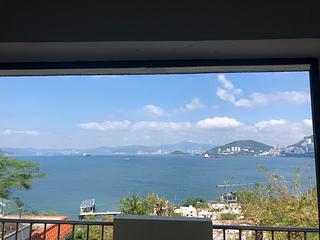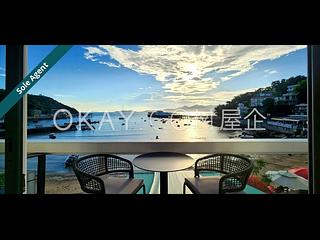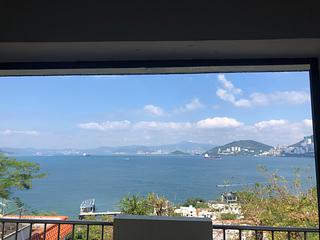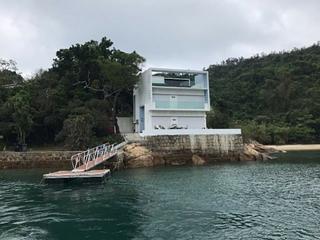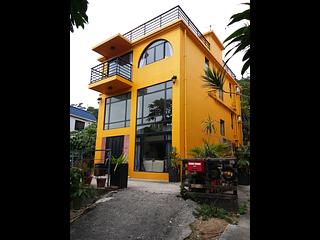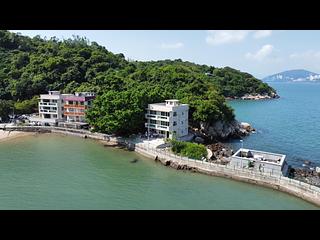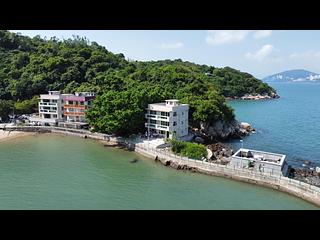Neighbourhood Features
Lamma Island is located southwest of Hong Kong and is the fourth-largest island in the territory. Since the 1970s, the younger generation has been moving out due to the flourishing commercial development in urban areas, leading to a gradual decline in the population of Lamma Island.
In 1990, with the completion of the Lamma Power Station, some foreign engineers moved in, contributing to the current blend of Chinese and Western characteristics on the island. In addition to ancient temples, there are numerous cafes, western restaurants, and other establishments. The government also plans to continue developing tourism and residential projects, anticipating a gradual increase in the island's population.
Away from the hustle and bustle of the city, Lamma Island boasts beautiful scenery, including Hung Shing Yeh Beach, hiking trails, seafood restaurants, and more, attracting many visitors on weekends to enjoy the tranquility of the countryside. The island has comprehensive basic facilities, including public libraries, schools, hotels, and a variety of eateries and shops lining the streets, catering to the daily needs of residents. In terms of transportation, Lamma Island relies on ferry services to connect residents to Central.
Residential Distribution
Residential areas are concentrated in the northern part around Yung Shue Wan, where the terrain is relatively flat. Private housing in this area includes developments like Ammarina Bay (Lamma 1) and Po Wah Yuen. There are also traditional villages such as Luk Chau Tsuen, Pak Kok Kau Tsuen, Pak Kok San Tsuen, Tai Peng New Village, Tai Peng Old Village, Tai Wan San Tsuen, Yung Shue Long New Village, and Yung Shue Long Old Village. A few residences are located near Sok Kwu Wan, including Lo So Shing Sok Ku Wan Lamma Island and Mo Tat Wan. Ferry services to Central are available from both Yung Shue Wan and Sok Kwu Wan.

